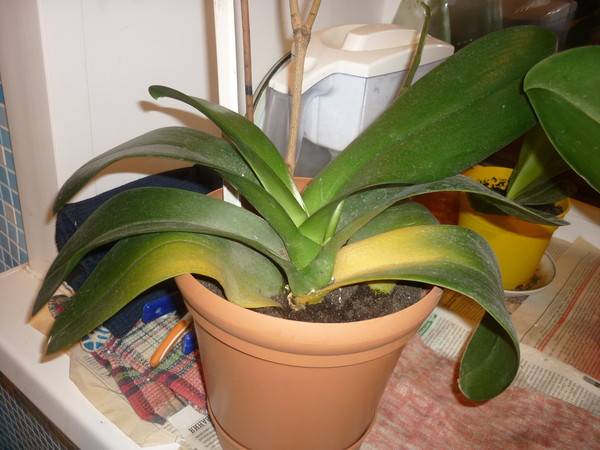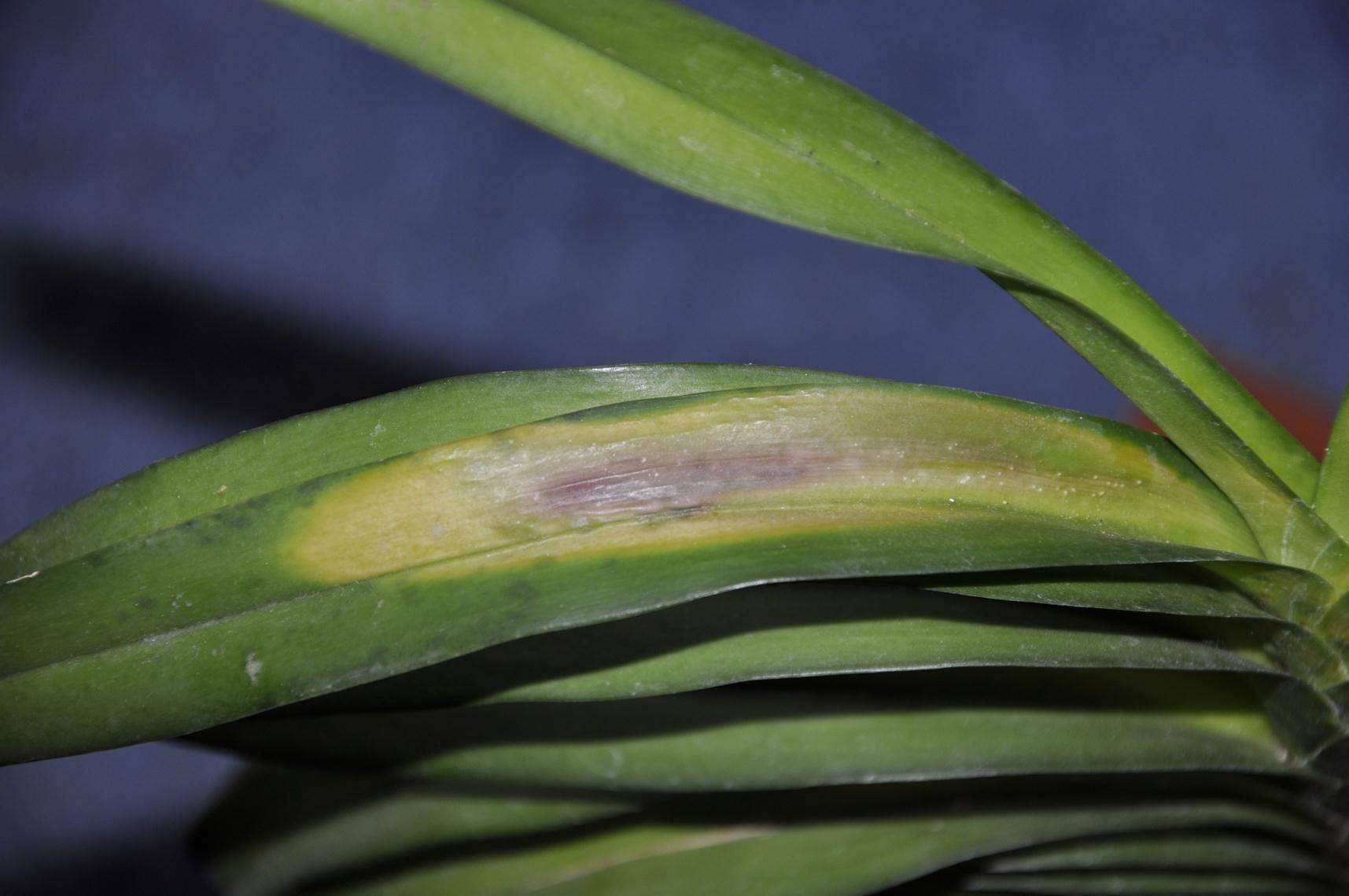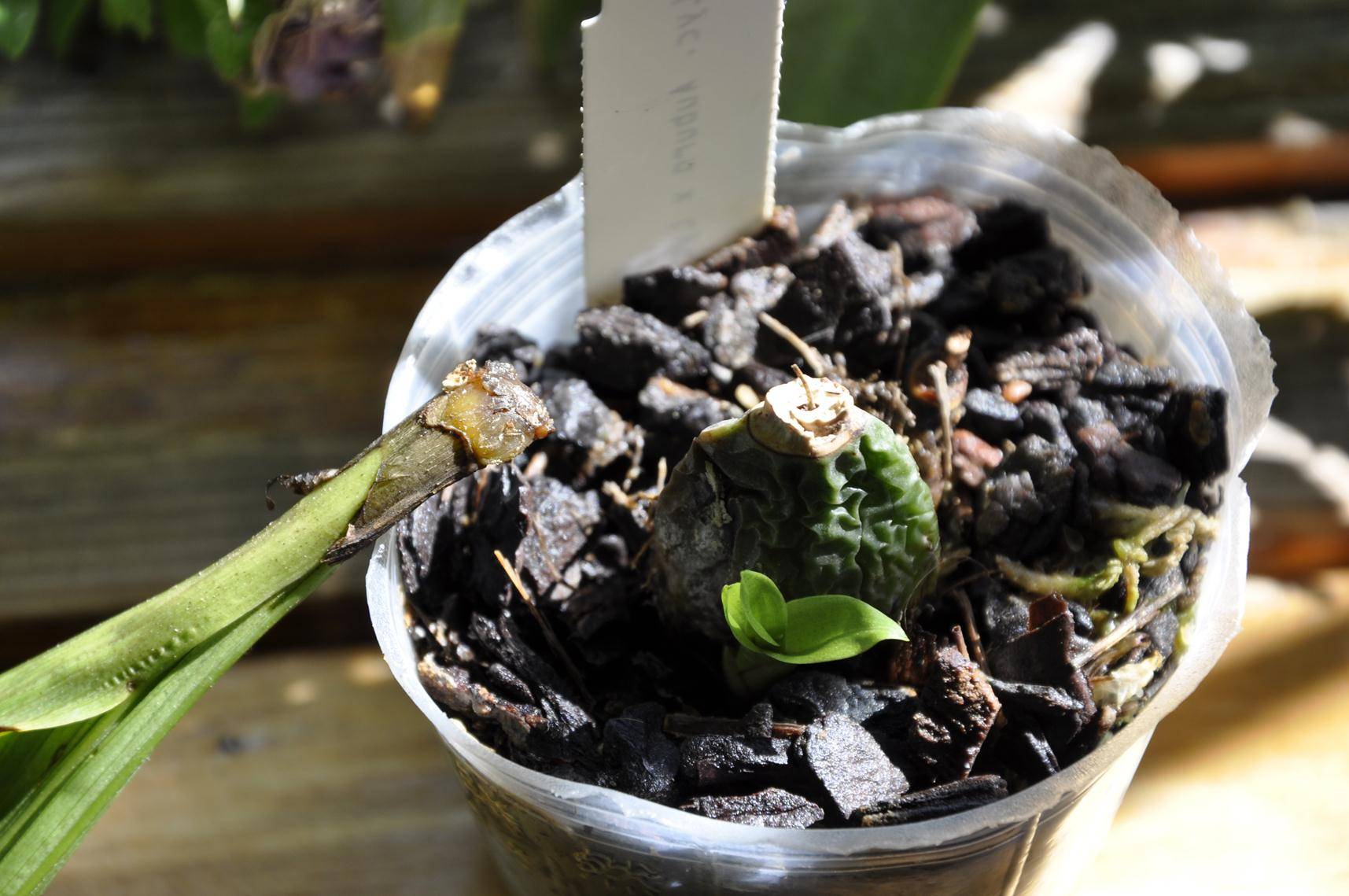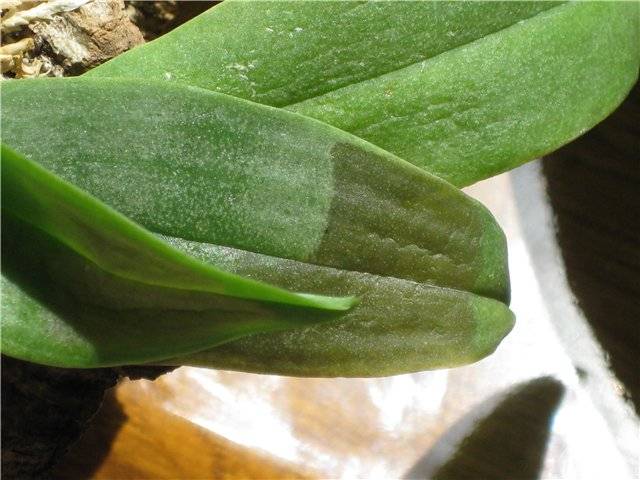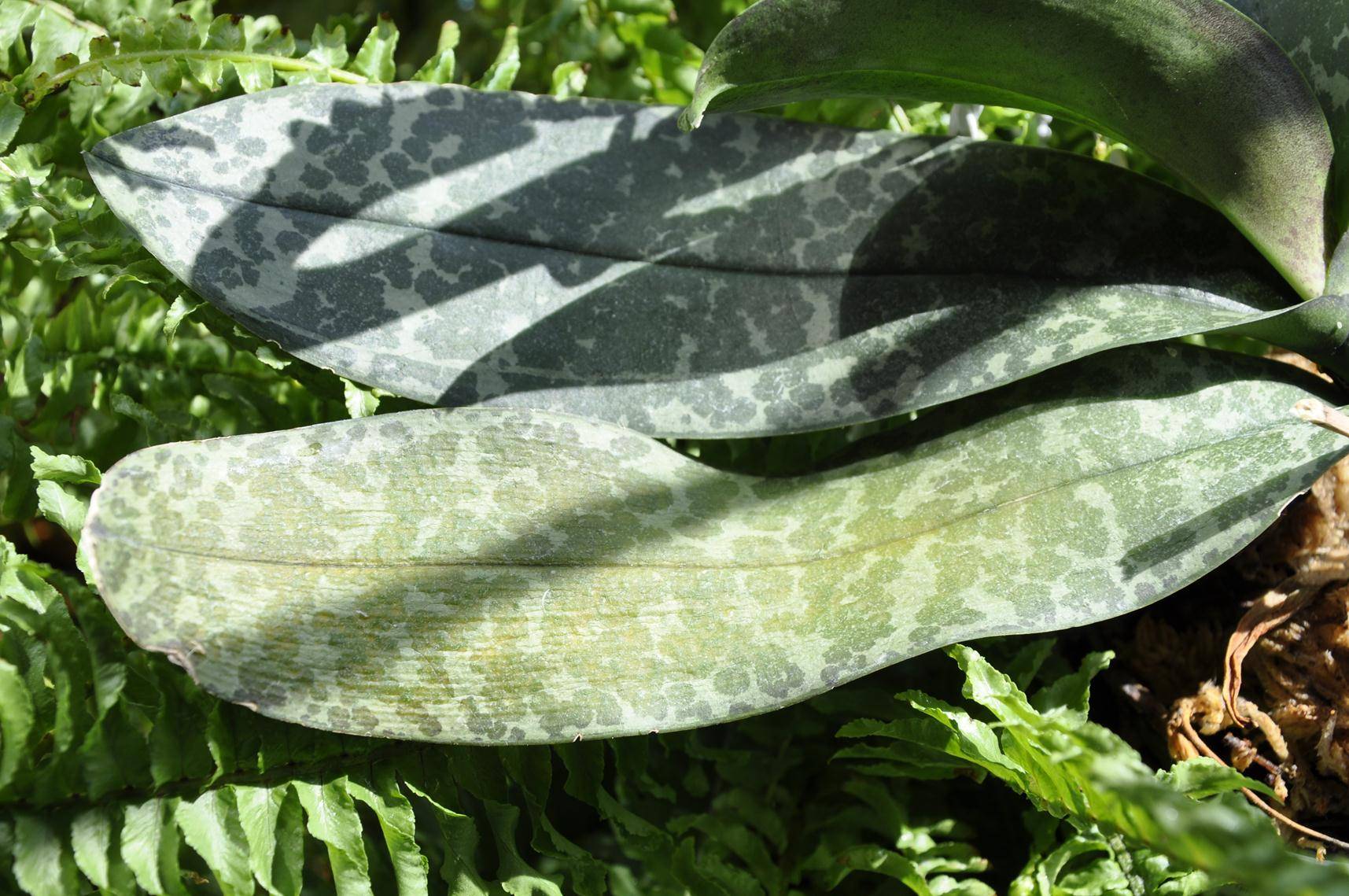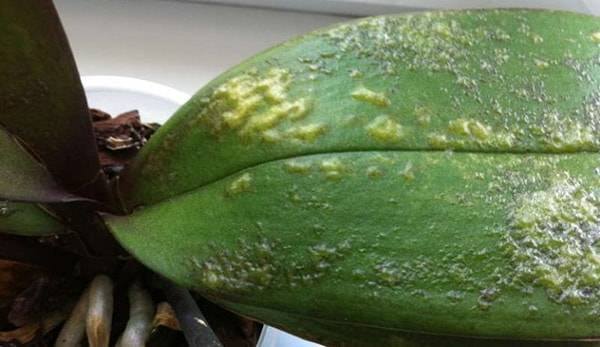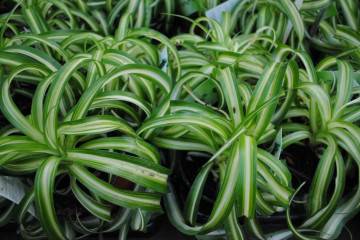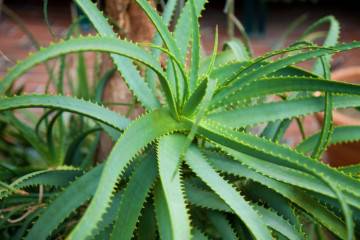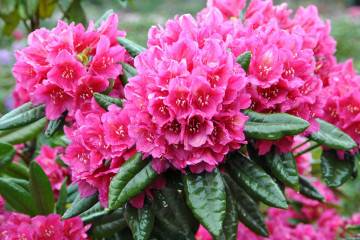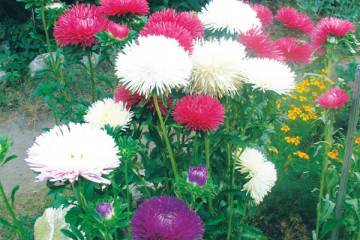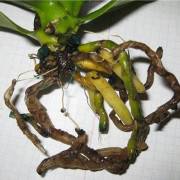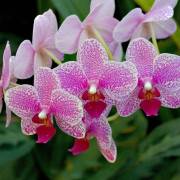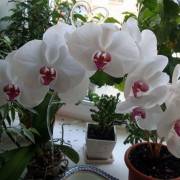Orchid diseases - why they appear
Content:
A beautiful, but whimsical and capricious flower - the orchid - requires excellent care. This plant is prone to various diseases. Fortunately, most diseases are preventable and curable. Every florist should know how to cure an orchid.
How to understand that an orchid is sick
-
buds and flowers wither and fall;
-
leaves turn yellow, lose elasticity, frown;
-
bumps and edema appear on the sheets;
-
the plant is covered with white bloom or rot.
If at least one of the listed symptoms is noticed, it's time to take action!
Orchid diseases due to improper lighting
A novice florist may not know why orchid flowers fall, why orchid leaves dry, why orchid buds fall. All this can happen due to improper watering or lighting. Care rules must be strictly followed.
From the lighting that a houseplant receives, its vital activity depends. Improper lighting leads to many diseases in flowers.
Depending on the need for light, all orchids are divided into three large groups:
- light-loving (Lelia, Angrekum, Dendrobium, Oncidium, Wanda, Cattleya, Cymbidium, etc.);
- shade-tolerant (phalaenopsis, anectochilus, cambria, hemaria, miltoniopsis, shoes, jewels, etc.);
- needing a moderate amount of light (most).
Lighting should always be diffused. Direct sunlight will quickly destroy the plant. Burns appear on its leaves. The burnt flower can be saved. To do this, you need to put it in a shaded place. Do not spray the plant in bright sun, because this can also scorch its leaves.
A novice florist may be faced with a situation where an orchid has dropped flowers. Not everyone knows what to do next. First, they check the conditions of maintenance and care of the plant, as well as possible diseases. Then you need to eliminate the cause: improve watering, lighting, cure pests and diseases.
Flowers can bloom and fall off - this is a natural process. But if all the buds fall off at the same time, it means that the orchid is kept in bad conditions or is sick.
These flowers should be placed near a window facing east or west. If they are near the north window, then additional light will be needed in winter. The distance between the plant and the lamp must be at least 30 cm, otherwise it will get burned. The south window must be shaded, for example, close it with a curtain.
Diseases due to improper watering
The orchid needs to be watered 1-3 times a week. The amount of moisture depends on the characteristics of the flower. The less lighting, the lower the temperature in the room, the less moisture the plant needs. The required amount of moisture depends on the species.
They love wet soil such varieties:
- Phalaenopsis;
- Miltonia;
- Paphiopedilum;
- Cymbidium.
These species absorb water rather quickly, so they need to be watered 3 times a week in the summer and 2 times a week in the winter.
The following varieties should only be watered when the soil is dry:
- Dendrobium;
- Cattleya;
- Odontoglossum;
- Oncidium.
These flowers need to be watered once a week. If the weather is too hot, the frequency of watering can be increased up to 2 times a week. It depends on how quickly the soil in the pot dries. The flower grower must look at her condition.
All the leaves of an orchid have fallen off - what to do
An unpleasant surprise for the grower will be the situation when all the leaves of the orchid have fallen off. What to do in this case becomes a sore point. First of all, you need to find out the reason. Very often this happens due to improper watering or lighting.
If the flower is flooded with water, you need to check if the roots and leaves are rotting. The rotten part of the plant is cut off and the roots are grown. It is necessary to properly care for the orchid. For this, the optimal amount of light and moisture is selected.
Roots rot
Due to too frequent and abundant watering, the roots of the orchid can rot. It will be very difficult to cure the flower. Insufficient watering will bring much less harm to the plant. But if the flower is not watered for more than a week, it may dry out. In the heat, it is watered more often and watered daily with a shower.
If only the roots of an orchid have rotted, they need to be cut off and new ones grown. But if the rot has spread to the stem, leaves, buds, then the flower can no longer be saved.
An orchid needs moist air much more than wet soil. Therefore, it must be regularly sprayed with water. This should be done in a shaded room so that the sun does not burn the leaves.
Edema
Edema, bumps or depressed spots may appear on orchid leaves. This is due to too long contact of the plant with water, as well as due to too cold air temperature (below 14 ° C).
With excessive watering, especially in the cold season, edema often occurs on the leaves. The danger of this phenomenon lies in the fact that the swollen parts of the leaves quickly rot, and pathogens of fungal and bacterial infections easily get into them. Leaves covered with edema or bumps must be removed.
Low fever
Frostbite is deadly for orchids. In the frosty season, it is forbidden to transport, transplant and spray. Due to the extreme cold, the leaves become covered with fungus or die off.
Fungal diseases
A small white bump on a leaf is a sign of a fungal infection. In no case should these bumps be opened, otherwise their contents - fungal spores - will scatter throughout the orchid and even get onto other plants in the room.
Fungal diseases of orchids and their treatment is a fairly simple task for an experienced grower. This problem can be dealt with. It is necessary to treat the flower with an antifungal agent. If this does not help, the diseased leaf is cut off and the flower is again treated with a fungicide.
Viruses
Viruses pose the greatest danger to orchids. There is no cure, so viral diseases of orchids are the certain death of a flower. When pruning plants with pruning shears, scissors or other sharp objects, it is imperative to disinfect all tools, otherwise the orchid may become infected with the virus.
Infection occurs with general watering, if there is a sick flower nearby. With poor care, the plant becomes very vulnerable to viruses. The disease manifests itself as large ring-shaped or round spots on the leaves.
The infected orchid is isolated from others. All plants are treated with a broad spectrum antibiotic and fungicide. This will not protect against the virus, but it will enhance the immunity of the flowers.
Rot
A common orchid disease is neck rot. The leaf can wrinkle, turn yellow and fall off. The plant literally crumbles to pieces. A leaf or flower may fall off and fall. It is impossible to cure and restore the plant. You can only prevent the cause of this phenomenon. This happens due to excess moisture and frequent watering.
Fertilizer overdose
The appearance of the leaves determines the state of the orchid. A healthy flower has green, resilient, strong leaves. With improper care, they begin to turn yellow, wither, dry out, wrinkle and fall off. Soon, the wrinkled leaf will surely fall off, the plant sheds yellow leaves.
Florists are often faced with a situation when orchid leaves have lost their turgor and wrinkle. Everyone should know what to do in this case. Loss of firmness in leaves is the main sign of illness or improper care.
However, the leaves lose their elasticity and shrink for other reasons: lack of moisture, overheating of the root system, improper feeding, lack of air. Improper feeding is a common cause of this condition. In most cases, the wrong dosage of fertilizer is to blame. The plant can only be helped by a warm shower lasting about 15 minutes.
Pests
Leaves lose wilt and dry out due to pests. For orchids, such parasites as spider mites, mealybugs, thrips are dangerous.
Mite
If the leaves have become sticky and sticky, then they have been hit by spider mites. It is necessary to water and spray the flower, and then cover it with plastic. Moist air will help get rid of the pest.
Thrips
Thrips on orchids start quite often. They can move to other plants, so the diseased flower must be isolated. Grooves and black dots remain on the leaves. These are the most important signs indicating that thrips have appeared on orchids.
Experienced flower growers know how to deal with these pests. Getting rid of them is not easy. Systemic insecticides will be needed. They must be taken 2 times more than recommended in the instructions. Dissolve the product in water and add any foaming detergent (eg shampoo). The flower is washed with this product. This procedure must be repeated three times with an interval of 10 days.
Mealybug
White bloom on orchids indicates that a mealybug has wound up on the flower. This pest can destroy it in a short time. Beginners often encounter cases when a white sticky bloom appears on an orchid. It is important for all growers to know how to treat a plant.
It is necessary to put the diseased orchid separately from other plants and check the conditions of detention: the worm often affects flowers weakened by improper watering or poor lighting. Then rub all parts of the orchid by hand with a wet cotton pad. After that, wipe them again with a napkin soaked in soap or alcohol solution. At the end, the flower together with the soil is treated with an insecticide: Fitoverm, Mospilan, Aktellik or Aktaroy. The procedure is repeated 3-4 times with an interval of 10 days.
Also, the plant may become covered with a white coating due to a fungal infection. Pest control will help keep indoor flora alive.
Orchids need good, proper home care. If the grower did something wrong, then there are ways to keep it alive and return flowering. It is necessary to choose suitable lighting, adjust the frequency of watering, transplant into new soil, treat with special preparations.
